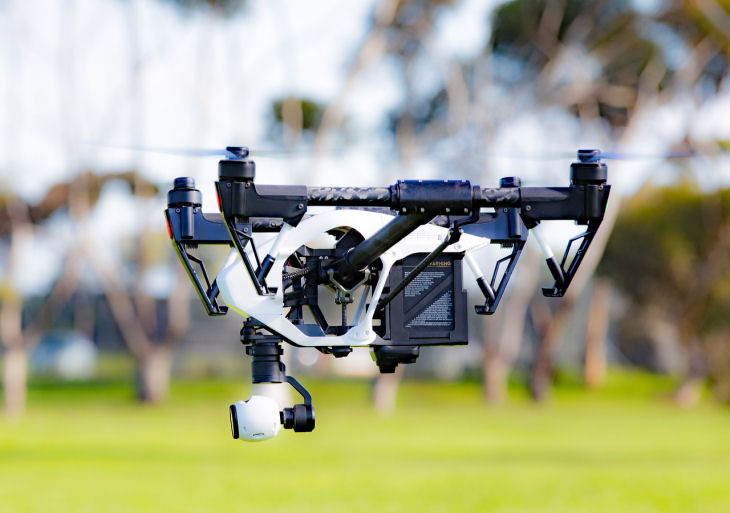New York Times Spotlights Criminals' Increasing Use of Drones

Image Credit - Public Domain
Earlier this month, the New York Times released an investigative report on criminals’ growing use of drones. They examined everything from smuggling contraband into prisons to a man dropping homemade pipe bombs on his ex-girlfriend's home.
The report identifies many of the issues confronting state and local law enforcement when it comes to dealing with criminal drone activities. Specifically, they point to the unclear and conflicting laws around drones.
Some crimes, such as smuggling or voyeurism, are clearly covered by existing statutes. However, unless the authorities can locate the pilot or recover the drone, it can be difficult to identify those involved.
(A quick reminder that the Granite Signals D3 System detects pilots as well as drones!)
Importantly, the Times identifies some of the weaknesses of non-radio frequency drone detection systems. Specifically they highlight:
Audio sensors can listen for the distinctive sound of a drone, but that method does not work well in urban areas, and a drone’s sound signature can be altered by changing its propellers. Cameras have limited reach and may not be able to tell a drone from a bird. Commercially manufactured drones are typically made largely of plastic and run on battery power, so they do not give off much heat or show up strongly on radar. Picking up a drone’s radio signal is considered the most reliable way to detect one — but that does not mean the drone is easy to catch.
Additionally, and accurately, the Times notes that only Federal Agencies are permitted to disrupt drones, even if they are currently being used in the commission of a crime. Local and state authorities are only legally able to detect drones.
To read the full article click here.
Detect Drones at Your Site
Granite Signals' Digital Drone Detection System can locate drones and the pilots that fly them. Click the button to find out how we can help you protect your facilities.